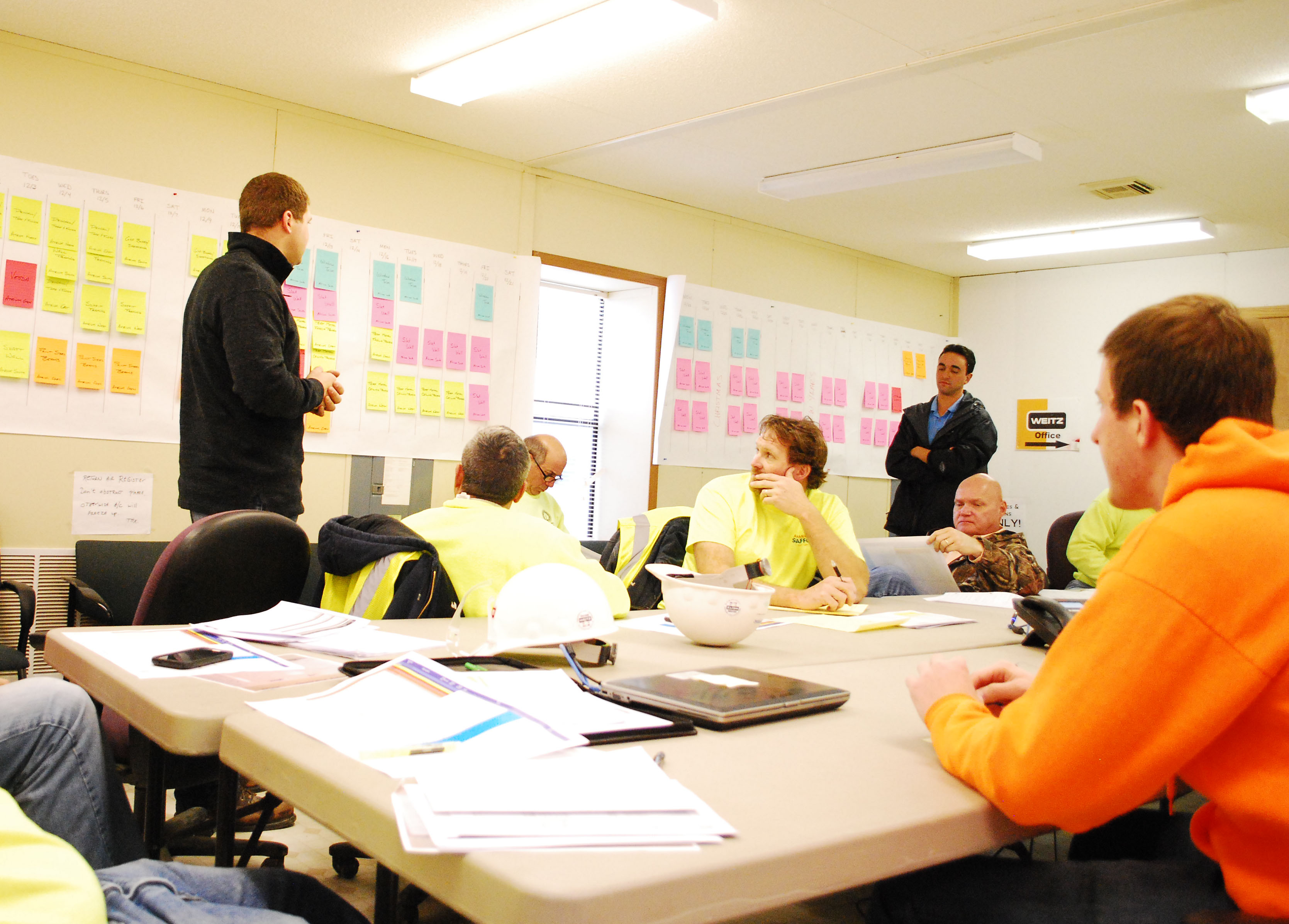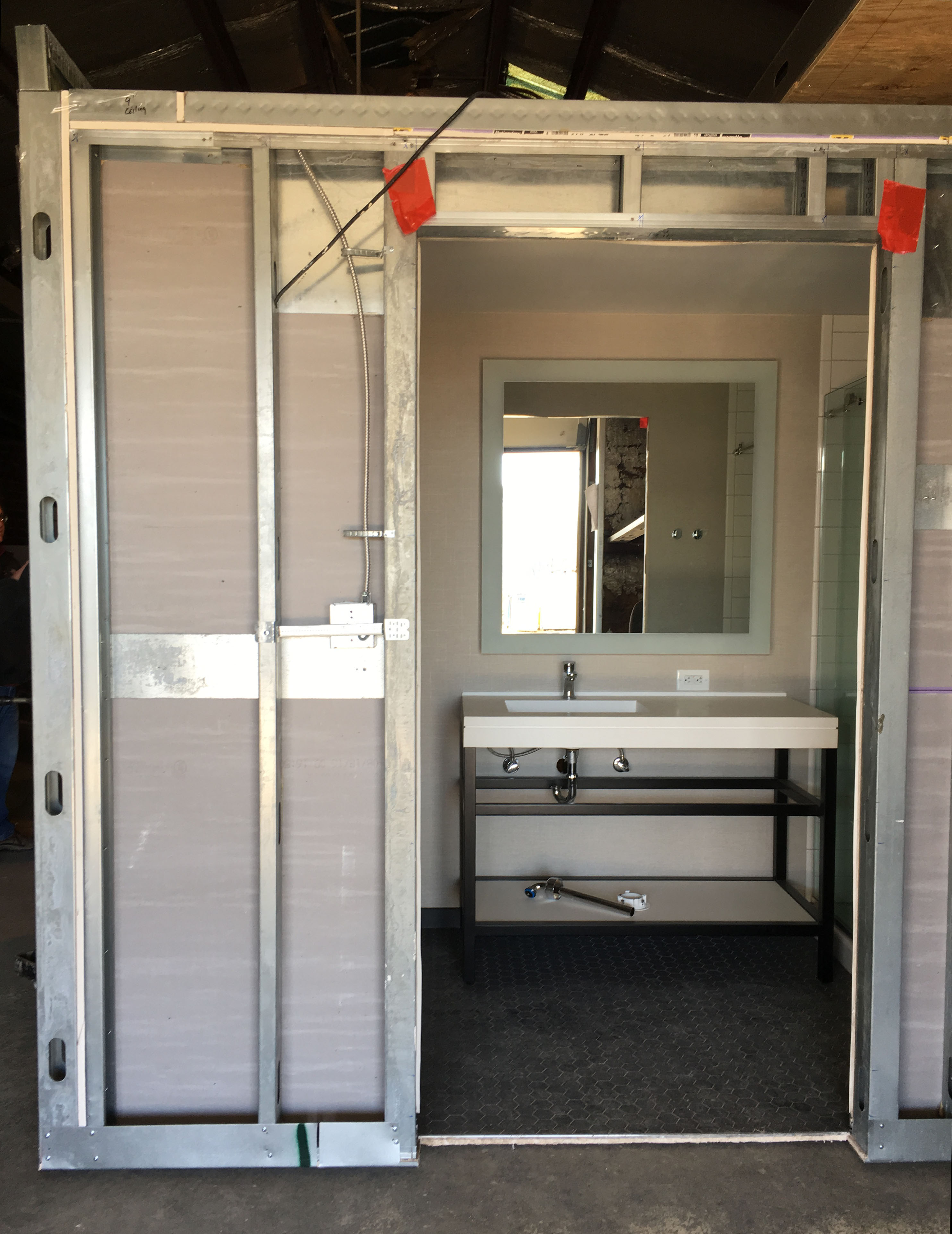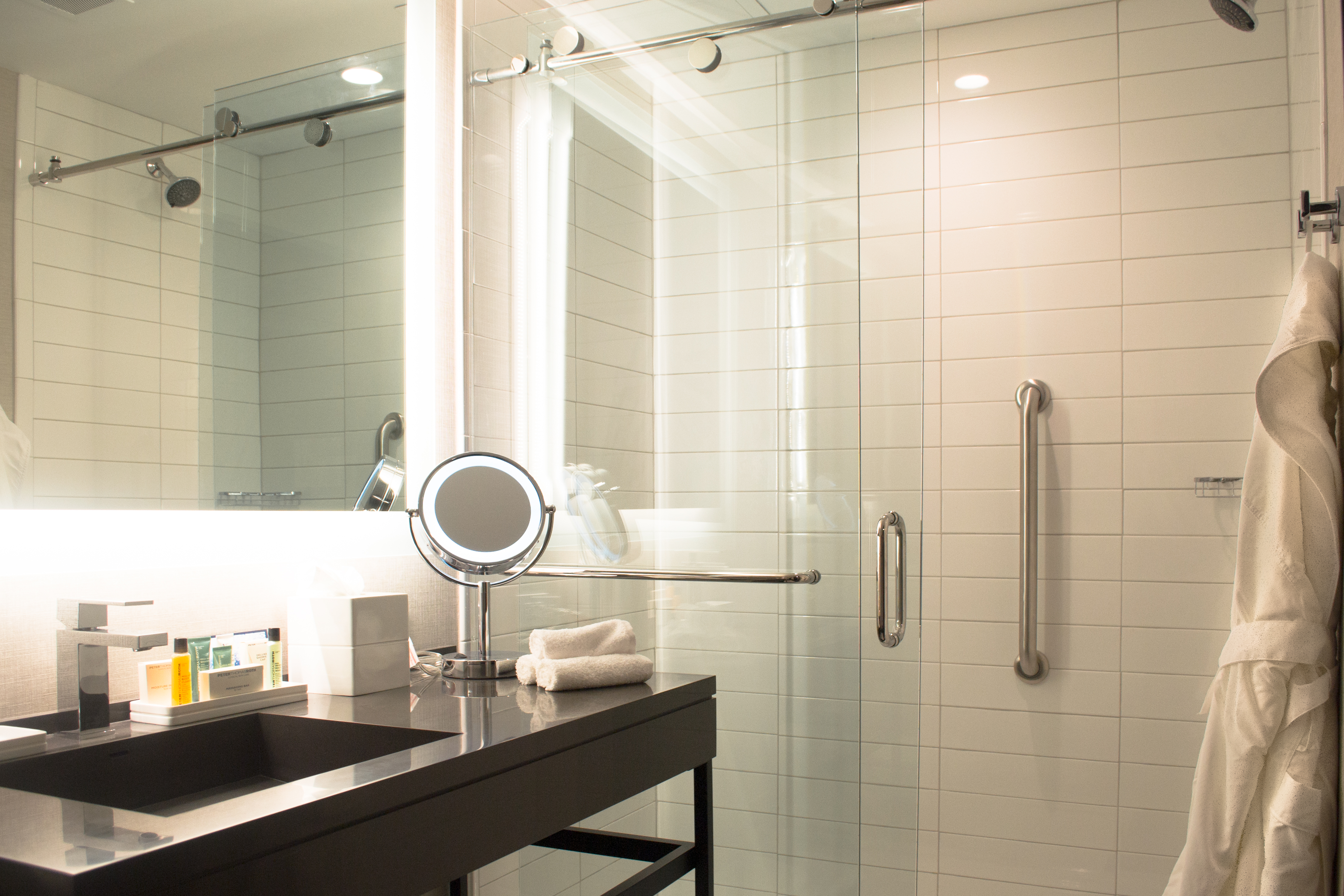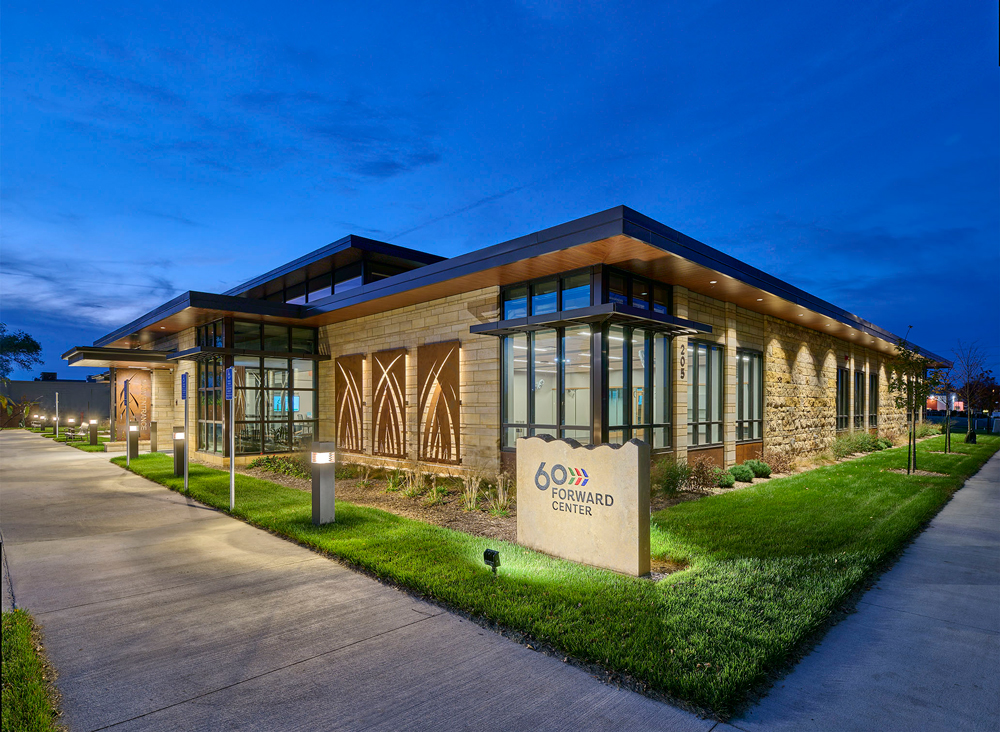Eliminate waste, improve construction with Lean methods

Business Record Staff Jun 1, 2017 | 6:00 am
3 min read time
748 wordsBusiness Insights Blog, ConstructionBY MIKE TOUSLEY, Executive Vice President & General Manager, The Weitz Company
This is the first blog in a series where I sit down with my colleagues and Weitz construction experts to discuss construction fundamentals, trends and how we Build a Better Way for our customers. The discussion below includes Dan Solem, senior project manager, and Ben Bunge, project manager. Our discussion focuses on construction efficiencies and how we use the Lean Last Planner System to push the boundaries of the traditional construction experience.
Efficiency in Construction
No one likes to waste time or money, be misunderstood or miss a deadline.
The construction industry is no different; however, labor efficiency and productivity have declined because of decreased collaboration. The Lean Construction Institute reports that 70 percent of construction projects are behind schedule and over budget.
That is changing with the use of lean and virtual construction methods. The most cutting-edge construction companies use these methods to find better ways to build, foreshadow potential problems before they happen, meet deadlines, reduce waste and create a safer work environment for employees.
This is important to customers because fewer delays mean more predictable construction schedules. At The Weitz Company, we have been able to meet efficiency and productivity measures for some of our projects at 80 percent, and even 90 percent, in the 12 years we’ve been operating with lean and technology-driven means and methods.
Increased Communication
Promoting communication at all levels can increase the ability to foresee potential problems that could lead to delays. Issues at the ground level are addressed sooner rather than later, and time is no longer spent to rebuild or rework plans because of a delay in communicating the problem.
Dan Solem pointed out, “Everyone has a voice, and that voice can create change at any level.”
He went on to explain: “A lot of people don’t realize that construction can outrun the time it takes to make a decision. Sometimes we can build faster than decisions can get made, and that can either cause stress or provide cost savings to the project.”
Workplace Safety
Sequencing work and keeping a clean workspace can create a safer work environment and lead to more efficiency. Communicating which contractors will be working where and when also will create a better workflow.
From Ben Bunge: “You communicate on day one so you are not waiting until something happens or someone gets hurt to have a safety conversation.”
Like a manufacturing facility, construction sites also should be kept clean — no debris should be left on the floor. Not only is it material waste, but another individual has to spend time cleaning it up. Worse yet, it creates a tripping hazard. Any building supplies on-site should be immediately used or moved to keep a clean, safe space.
Build Off-Site When Possible
Using prefabrication can save time, cost of supplies and make projects move more quickly.
“Trade partners often have the insight and expertise to create ideas for the project to assist it in being built better and faster. Construction is a dirty, noisy environment, and items that can be fabricated off-site can be offered as a higher quality solution,” Solem said.
Restrooms, for example, can easily be prefabricated off-site in a factory-style fashion. This reduces on-site waste, speeds up the process of assembling them and eliminates on-site job hours.
At the Hilton Des Moines Downtown project, 300 out of 330 restrooms were prefabricated in Cincinnati and are arriving at the job site 100 percent complete in pods with the floor tile already in place and shower doors hung. The “rooms” are being set into the space on a pre-constructed floor and then dry-walled in.
Bunge reported that significant schedule savings have taken place as a result.
One idea often leads to another. The electrician for the Hilton project saw the success of the prefabricated restrooms and the reduction in waste by building off-site, and created box kits for each room that contain all of the electrical materials, pre-cut, that will be needed for that room. The drywall installer also pre-cut materials off-site, so there will be no waste to haul away.
The use of technology to operate in a more lean and efficient way continues to evolve. We’ll explore how the use of three-dimensional design leads to better planning and site logistics in our next blog.
For questions or more information on construction efficiency contact:
Dan Solem, Senior Project Manager
dan.solem@weitz.com
Ben Bunge, Project Manager
ben.bunge@weitz.com
 |
Mike Tousley View Bio |













